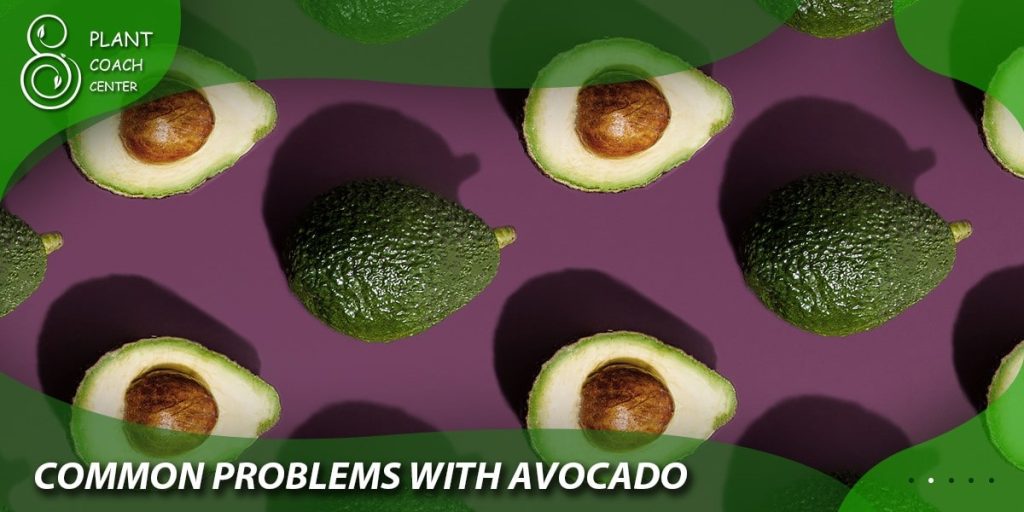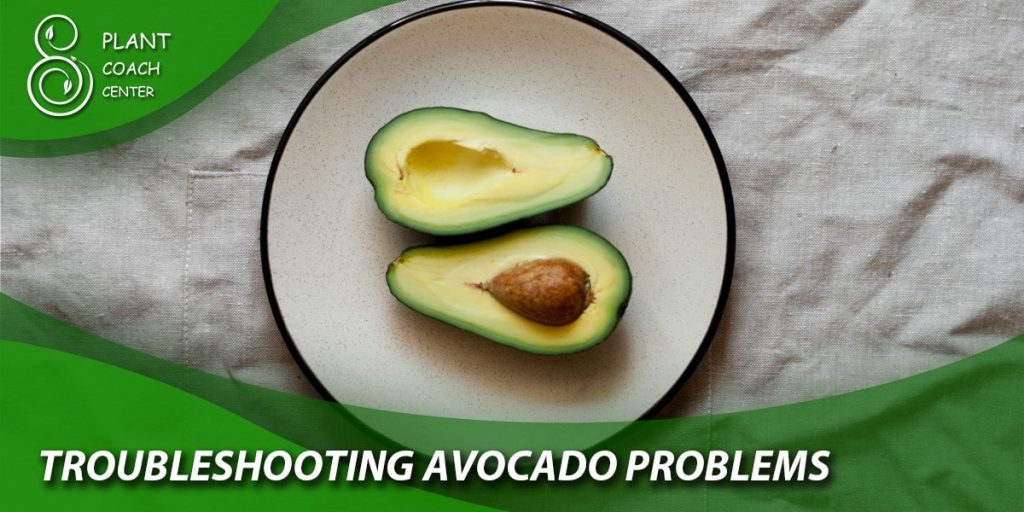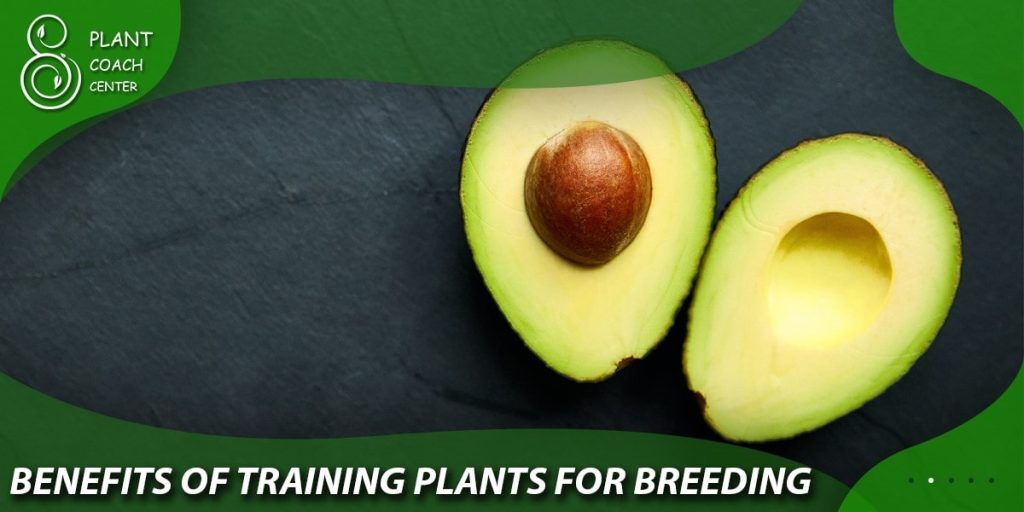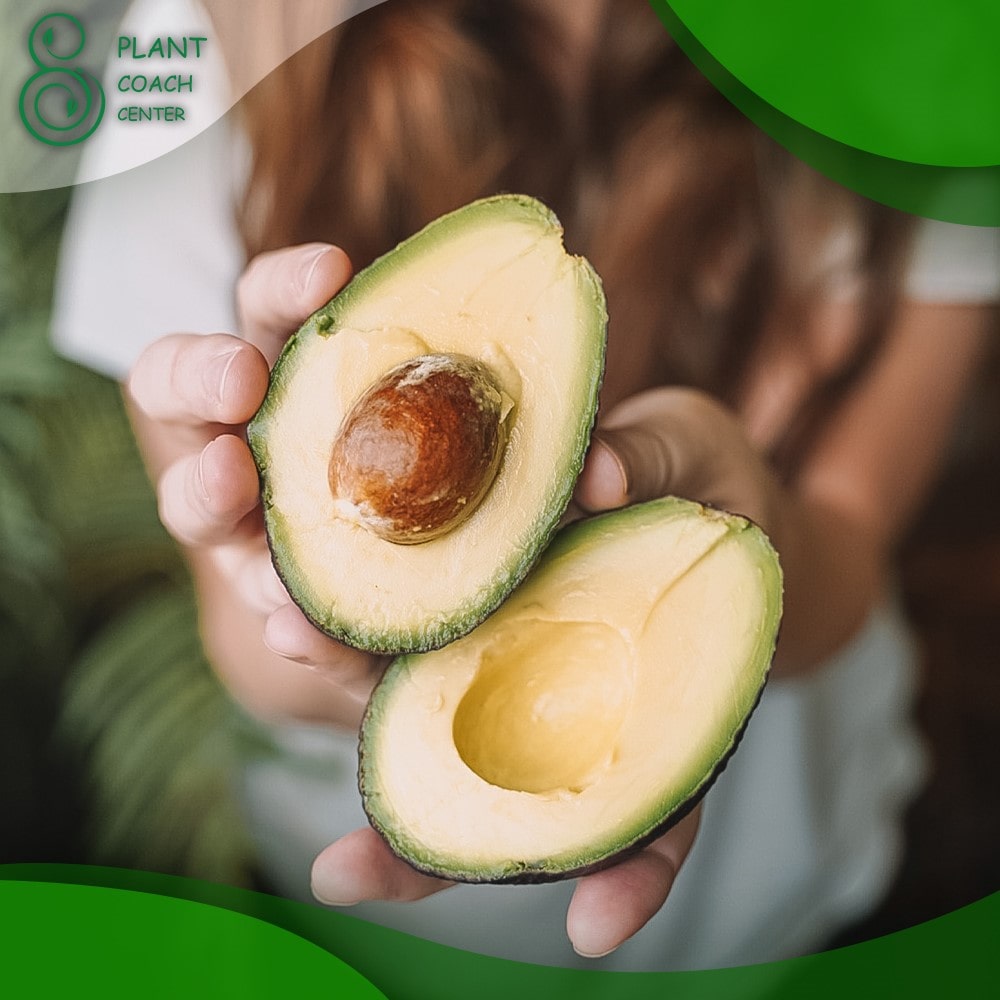When to Plant Avocado in Soil
Avocado is a popular fruit that is rich in healthy fats, vitamins, and minerals. It’s also a great plant to grow in your garden, but it requires specific growing conditions. Understanding when to plant avocado in soil is crucial for a successful harvest.
In this article, we will discuss the best time to plant avocado, techniques for planting, and how to care for avocado plants. We will also cover common problems that avocado plants may encounter and how plant coaching can help resolve these issues. For more information on plant coaching, visit plantcoachcenter.com.
Understanding Avocado
Avocado is a fruit that is native to central Mexico. There are several types of avocado, including Hass, Fuerte, and Bacon. Avocado is a good source of healthy fats, vitamins C and K, and dietary fiber. It’s also high in potassium, which can help regulate blood pressure.
Growing Requirements of Avocado
Avocado is a tropical plant that requires well-draining soil and plenty of sunlight. It can tolerate some shade, but it grows best in full sunlight. Avocado trees are sensitive to cold temperatures and can be damaged by frost. They also require regular watering and fertilization to grow properly.
When to Plant Avocado in Soil?
The best time to plant avocado in soil is during the spring or fall when temperatures are mild. The ideal temperature range for avocado growth is between 60 and 85 degrees Fahrenheit. Avocado seeds take about 4-6 weeks to germinate, and the plants can take up to 3 years to reach maturity.
Techniques for Planting Avocado

Preparing Soil for Avocado
Avocado trees prefer well-draining soil with a pH between 6.0 and 7.0. To prepare the soil for avocado, follow these steps:
– Remove any weeds or debris from the planting area.
– Add compost or organic matter to improve soil quality.
– Mix in a slow-release fertilizer to provide nutrients.
Seed Selection and Preparation
Select high-quality avocado seeds from a reputable supplier. Before planting the seeds, remove the outer skin and soak them in water for a few hours to help with germination.
Planting Avocado Seeds
To plant avocado seeds, follow these steps:
– Make a small hole in the soil and place the seed in the hole with the pointed end facing up.
– Cover the seed with soil and lightly pat down.
– Water the soil gently to avoid disturbing the seed.
Watering and Fertilizing Requirements for Avocado
Avocado trees require consistent moisture to grow properly. Water the plants deeply once a week, and make sure the soil stays consistently moist. Fertilize avocado trees once a month with a balanced fertilizer to provide essential nutrients.
Caring for Avocado Plants
Pruning and Shaping Avocado Plants
Avocado trees require regular pruning and shaping to promote healthy growth. Prune the trees in the dormant season to remove dead or damaged branches and shape the tree according to your preferred style.

Common Problems with Avocado
Avocado trees are susceptible to several problems, including yellowing and wilting of leaves, pest and insect infestations, fungal diseases, and nutrient deficiencies.
Yellowing and Wilting of Leaves
Yellowing and wilting of leaves can be caused by overwatering or underwatering, nutrient deficiency, or pest infestation. To prevent this problem, make sure the soil stays consistently moist but not waterlogged, and use a balanced fertilizer to provide essential nutrients.
Pest and Insect Infestations
Avocado trees can be attacked by pests and insects such as mites, thrips, and scale insects. To control these pests, use natural insecticides or repellents.
Fungal Diseases
Fungal diseases like root rot and anthracnose can affect avocado trees, especially during humid weather conditions. To prevent fungal diseases, make sure to provide good air circulation around your plants and avoid overwatering.
Nutrient Deficiencies
Avocado trees can suffer from nutrient deficiencies such as iron, magnesium, or nitrogen deficiency. To prevent this problem, use a balanced fertilizer once a month to provide essential nutrients.
Troubleshooting Avocado Problems

To identify the cause of avocado problems, examine the leaves for signs of yellowing, wilting, or discoloration. Check for pests or insects on the plants and examine the soil for moisture levels and nutrient deficiencies.
Steps to Resolve Avocado Problems
Depending on the cause of the problem, there are several steps you can take to resolve avocado problems. For example, if the problem is overwatering, reduce the frequency of watering. If the problem is a nutrient deficiency, use a balanced fertilizer to provide essential nutrients. If the problem is pests or insects, use natural insecticides or repellents to control them.
Preventing Future Avocado Problems
To prevent future avocado problems, follow these tips:
– Plant avocado in well-draining soil with good air circulation.
– Water the plantsconsistently but avoid overwatering.
– Use a balanced fertilizer once a month to provide essential nutrients.
– Prune and shape avocado trees regularly to promote healthy growth.
– Control pests and insects using natural insecticides or repellents.
Plant Coaching for Avocado Problems
Plant coaching can be a valuable resource for avocado growers who are experiencing problems with their plants. Plant coaches are experienced professionals who can help identify the cause of avocado problems and provide solutions to resolve them. They can also provide guidance on planting techniques, care, and maintenance to ensure a successful harvest.
Types of Plant Coaching Services Available
There are several types of plant coaching services available, including online consultations, in-person coaching, and group coaching sessions. Online consultations are a convenient and affordable option that allows growers to connect with coaches remotely. In-person coaching can provide a more hands-on approach, while group coaching sessions can provide a supportive community of growers who can share their experiences and solutions.
Benefits of Plant Coaching for Avocado Growers
Plant coaching can provide several benefits for avocado growers, including:
– Identifying the cause of avocado problems and providing solutions to resolve them.
– Providing guidance on planting techniques, care, and maintenance to ensure a successful harvest.
– Offering ongoing support and advice throughout the growing season.
– Connecting growers with a supportive community of plant enthusiasts.

Conclusion
Growing avocado in your garden can be a rewarding experience, but it requires specific growing conditions and care. Understanding when to plant avocado in soil, planting techniques, and caring for avocado plants can ensure a successful harvest.
Common problems with avocado plants, such as yellowing and wilting of leaves, pest infestations, fungal diseases, and nutrient deficiencies, can be resolved with proper care and plant coaching. For more information on plant coaching, visit plantcoachcenter.com.
When should I plant avocado in soil?
Spring.
What is the best time to plant avocado?
Late winter or early spring.
Can I plant avocado in summer?
It's not recommended.
When is the worst time to plant avocado?
Winter.







